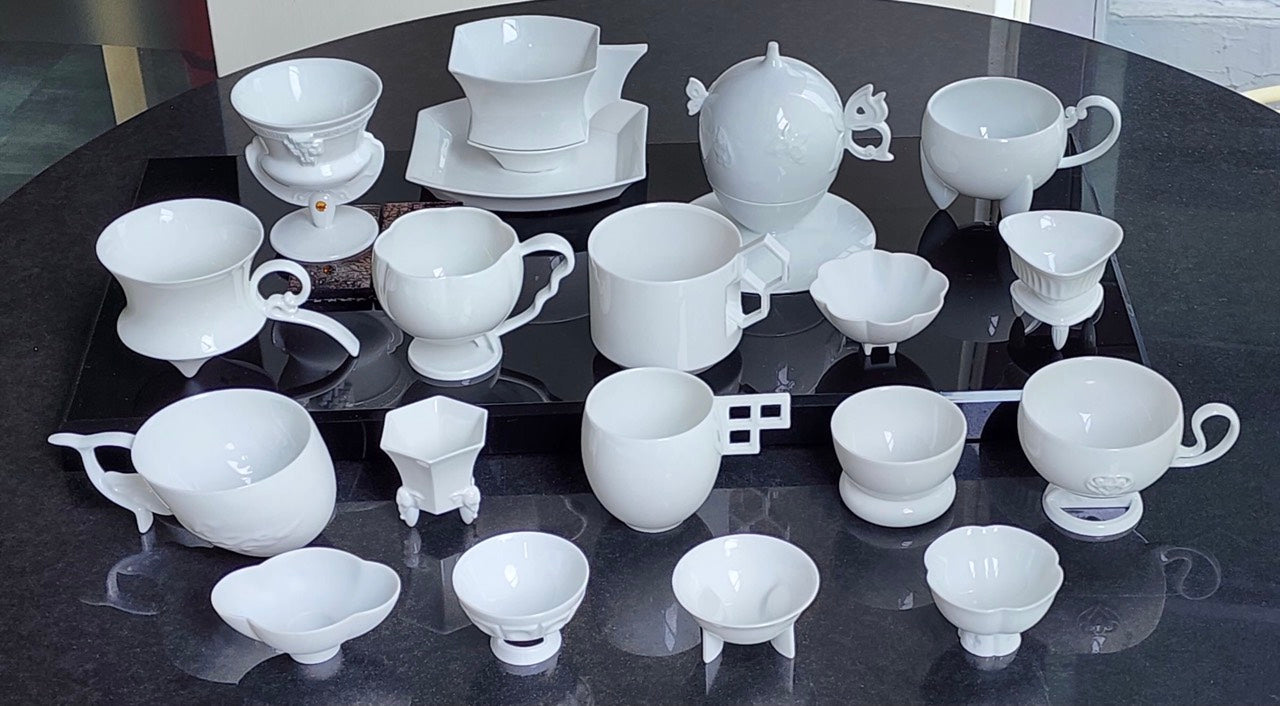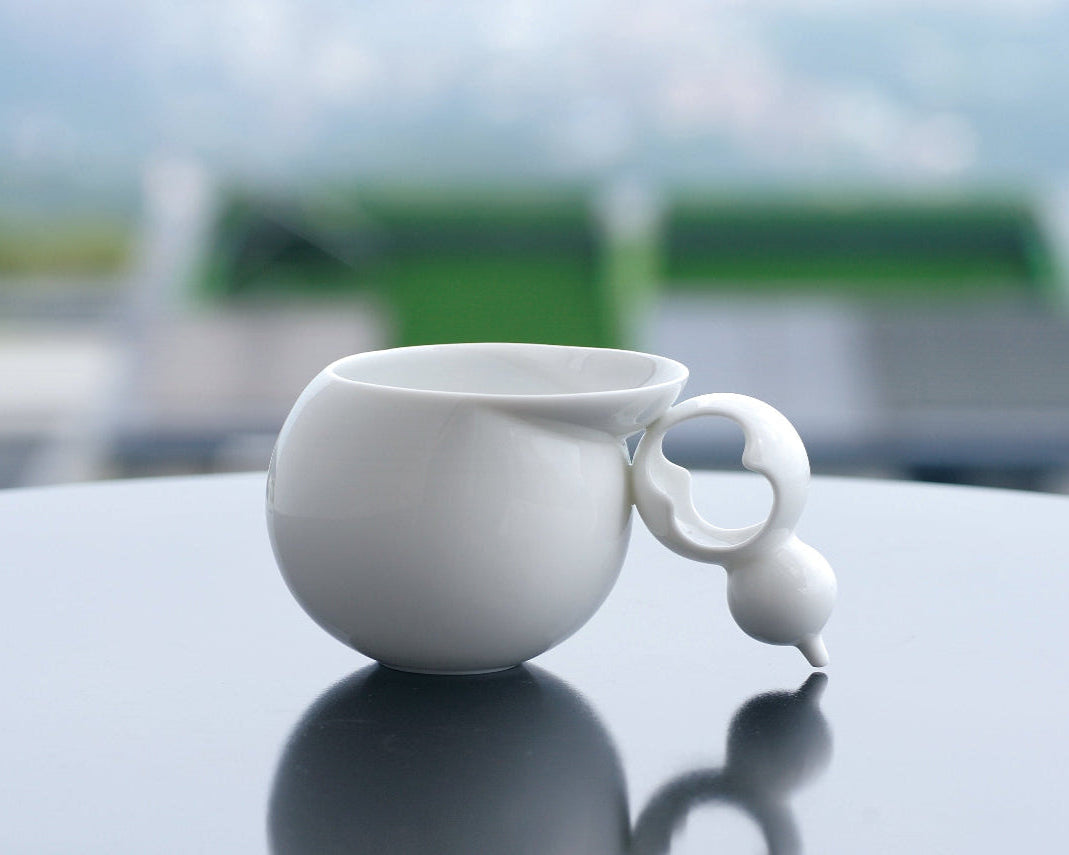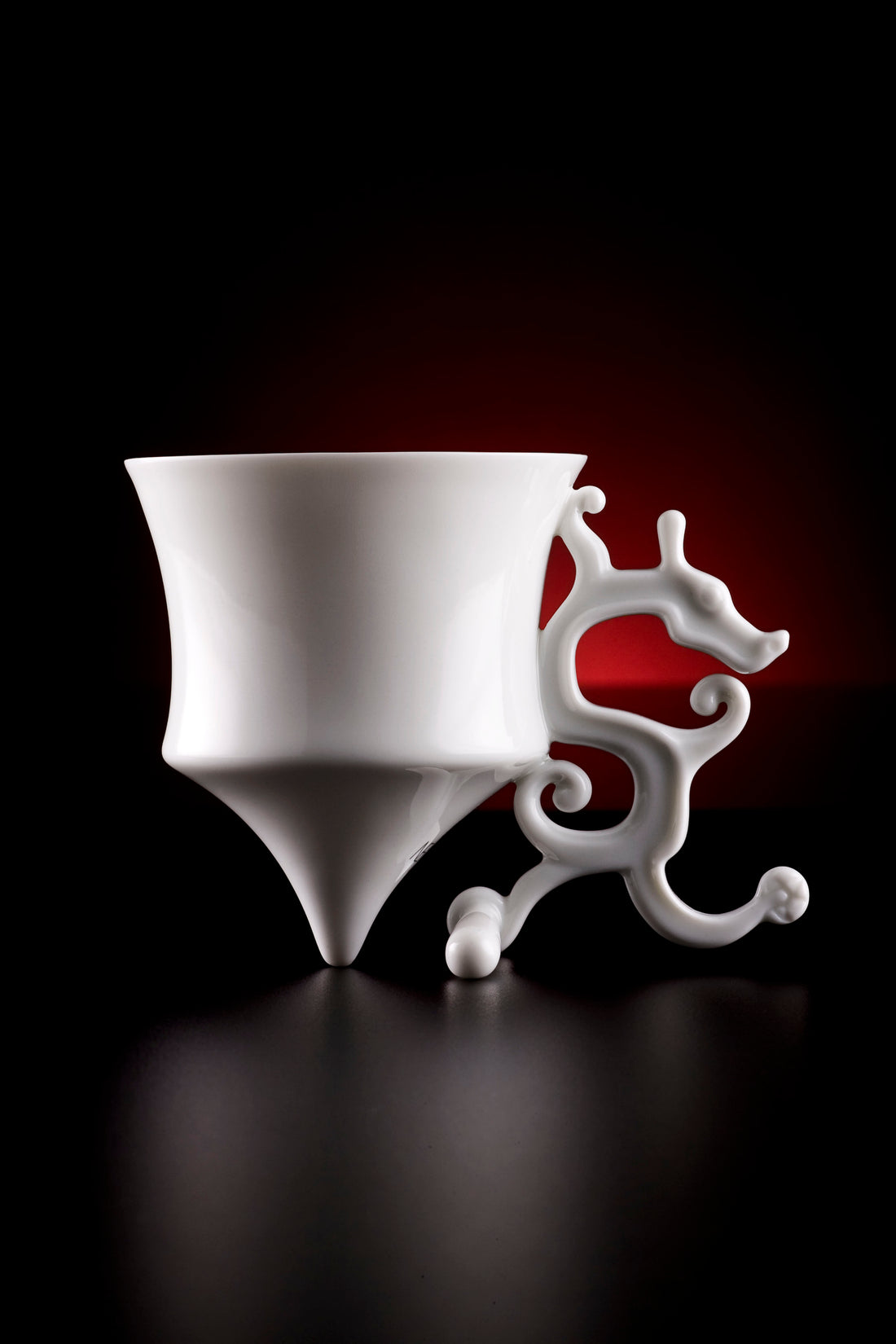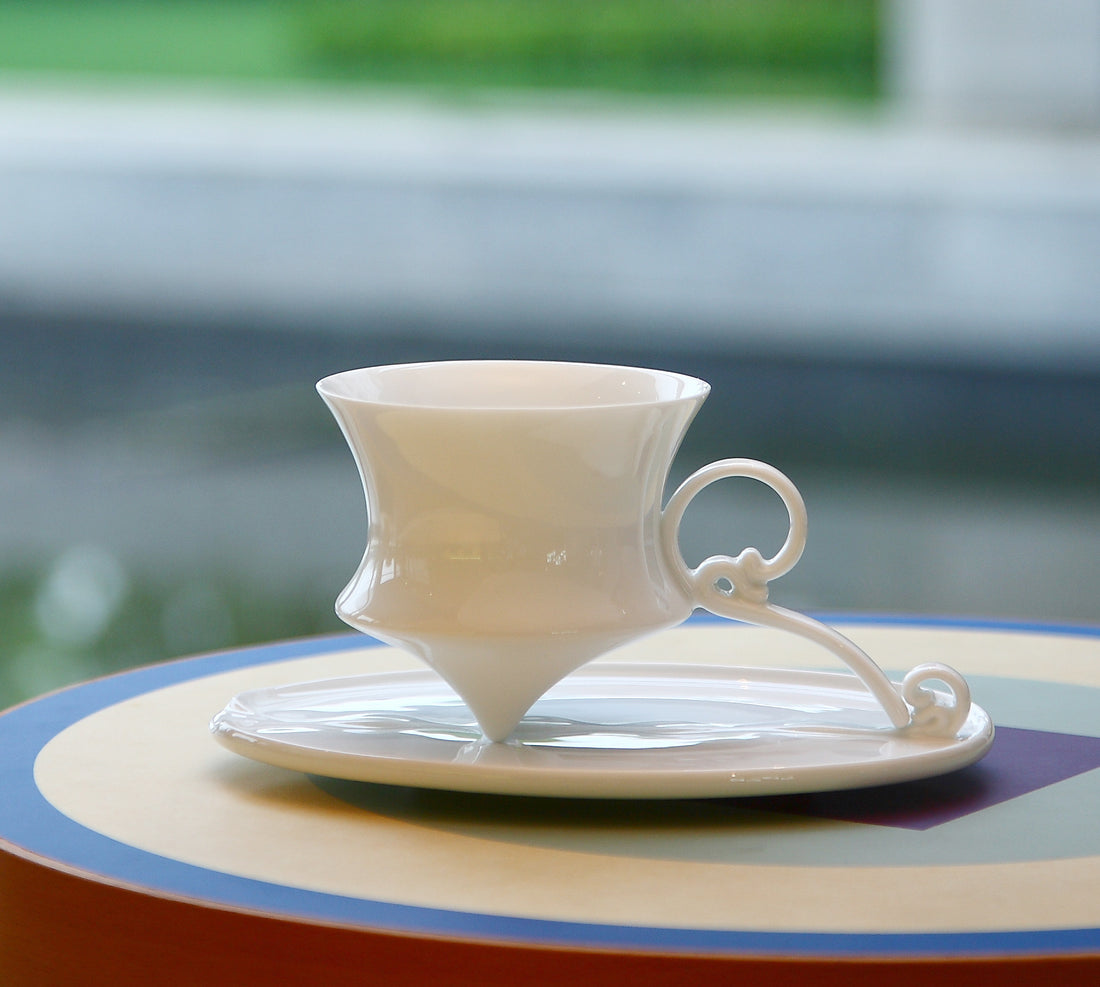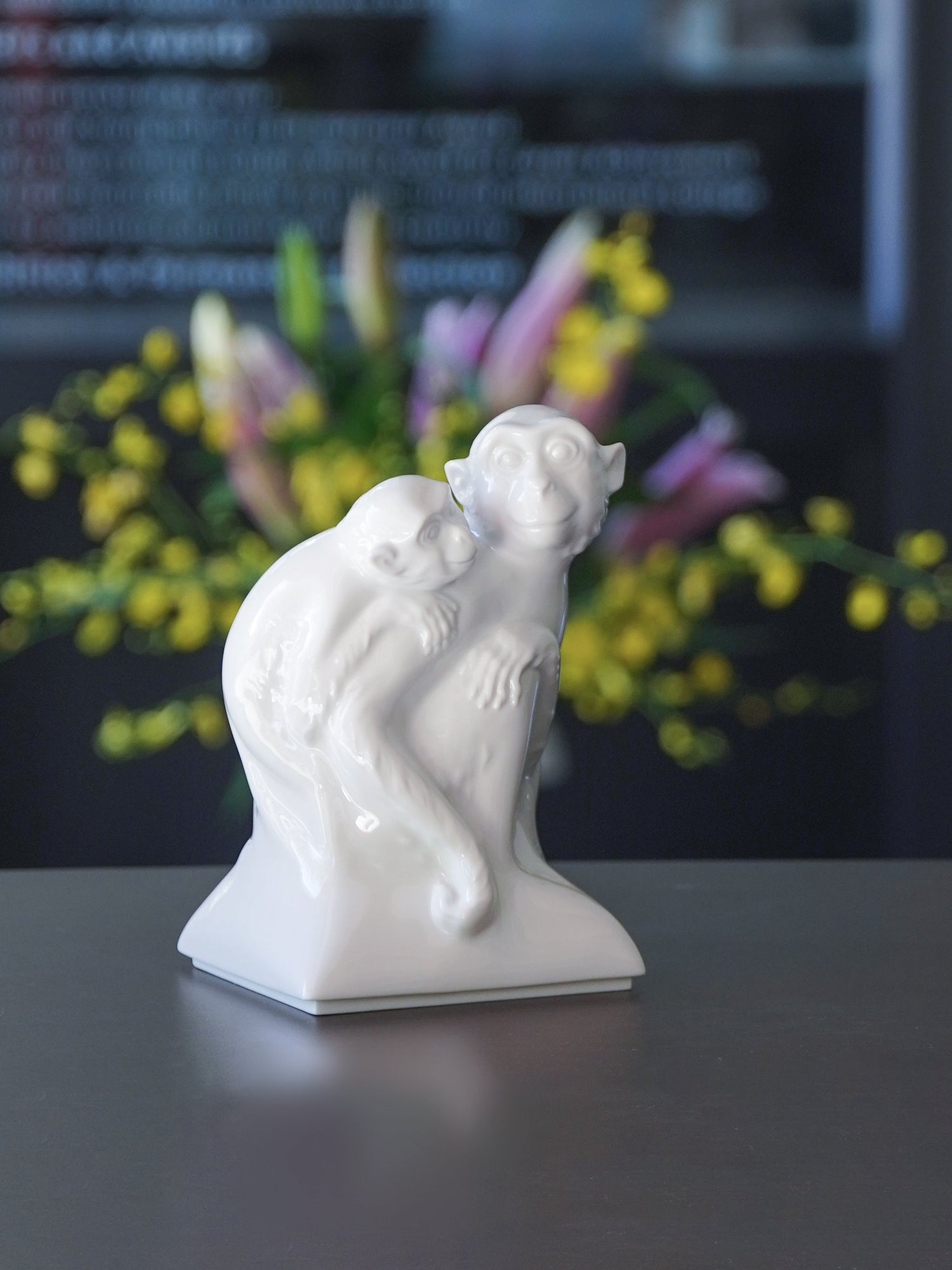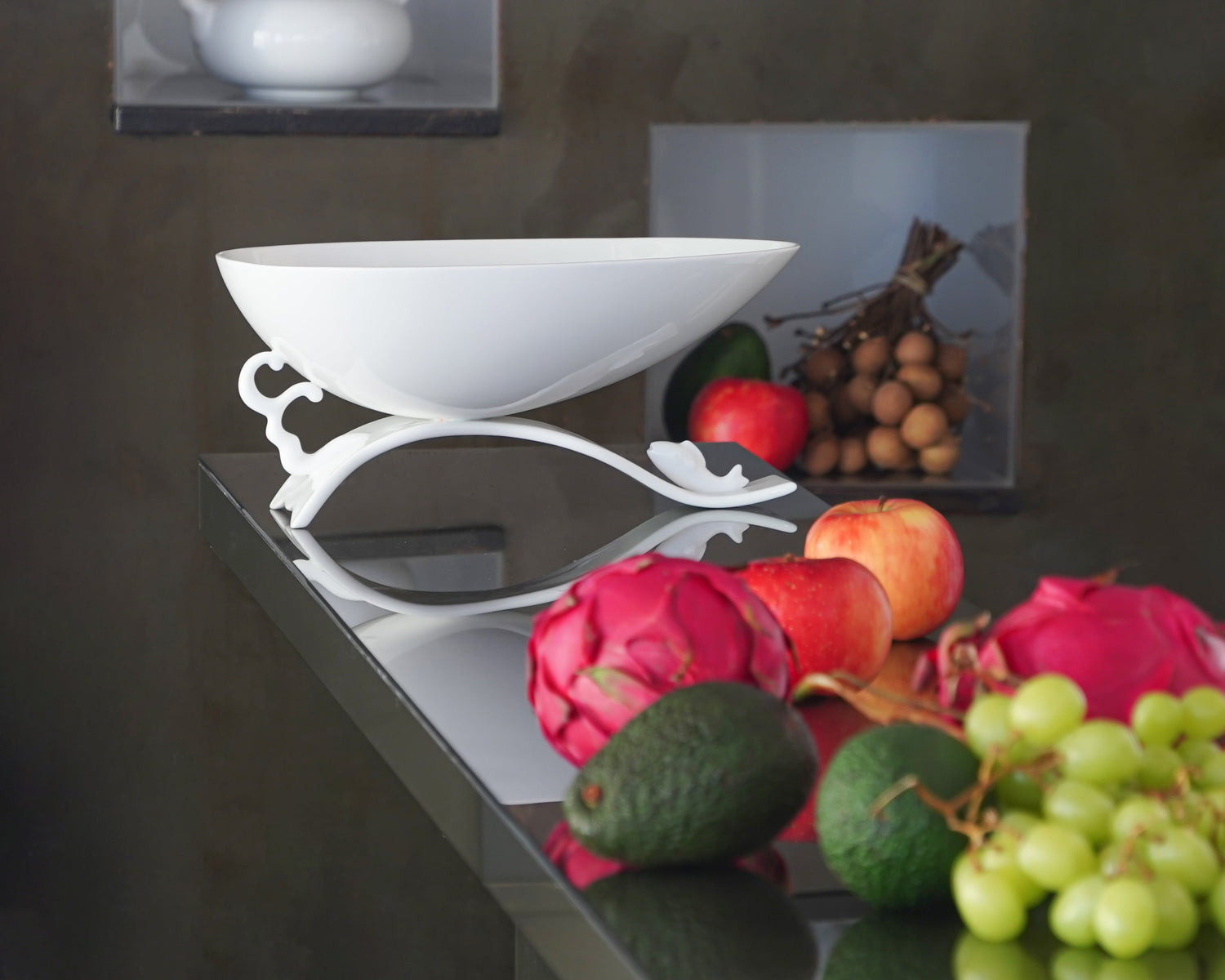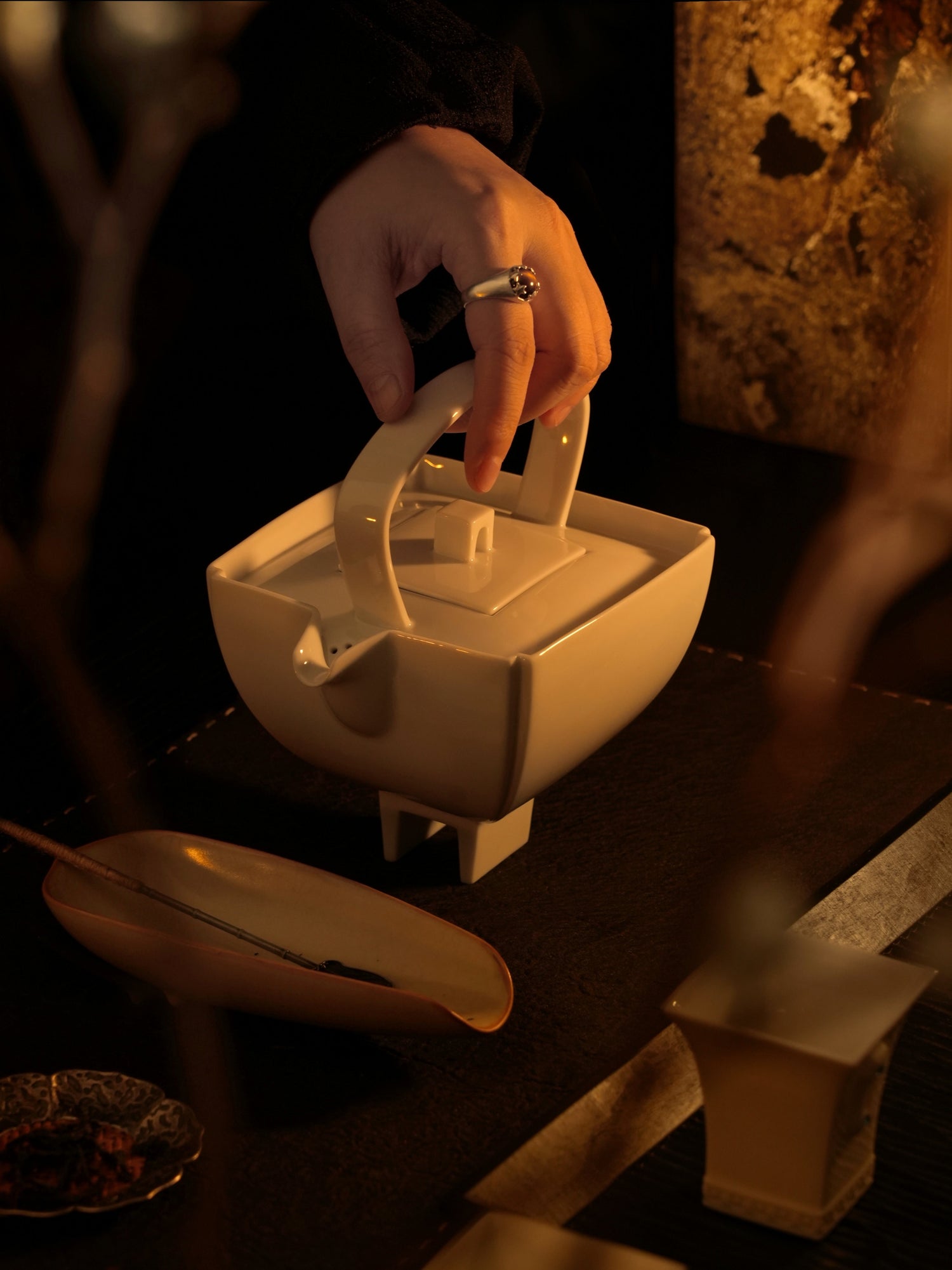I love collecting cups. Whether it’s a wine glass, coffee cup, or tea cup, bringing one home has become a ritual souvenir from every journey. I also love creating cups.

Because cups serve a fundamental purpose—drinking—most designs in the market or by commercial brands tend to follow conventional, elegant forms. For reasons of production efficiency and market appeal, the changes we often see are limited to surface treatments: colors, patterns, or minor modifications. In such a competitive landscape, quality becomes the primary differentiator, while form remains largely similar—traditional, and conservative.
Cups in My Collection
Many of the cups I collect are chosen based on the principle articulated by French sociologist Tufan Orel: “Ritual implies an attitude of reverence—it reveals identity and taste.” I look for pieces that are made with care, where sincerity can be felt in the craftsmanship, and dignity can be tasted in each sip.
Orel also stated: “Personal style is the search for new possibilities in life through objects.”
In other words, if an object only meets basic needs, but does not awaken something new—a fresh sentiment, a broader perspective, a renewed passion for living—then its potential has fallen short.
Yes, I understand the pressures of production costs, especially when developing new forms. Innovation demands trial and error, and that process is never easy. But the pursuit of romantic possibility—the search for a new way of living—can’t be measured only by cost-efficiency. Nor can it be guided solely by existing market assumptions. Often, there are no precedents. We follow intuition and imagination. If it feels meaningful, we make it. If it’s destined, it finds its people.
Nearly 90 Distinct Tea Set Forms
Without quite realizing it, I’ve designed close to 90 different tea set compositions—each with a distinct posture and structure. I doubt even major global brands have attempted such a wide range of formal exploration and diversity in cup and teapot design.
Cups I’ve Created
In his book “Not Just for Consumption”, German design scholar Wolfgang Ullrich reminds us:
“Beyond function, objects require fictional value.”
When we rely only on familiar forms and habitual use, sensation dulls. Emotion freezes.
The imagination that once added meaning to our gestures, and turned daily use into ritual, begins to fade.

Whether through the five senses—or the so-called sixth sense—I believe unfamiliar forms and unexpected ways of interacting with objects can awaken bodily awareness, stir our nervous system, and inspire a renewed aesthetic reflection in our drinking culture.
That’s why I strive to build each cup and teapot with a new rhythm—of posture, energy, and tactility. Each name carries a layer of imagined fiction, infusing the object with poetic resonance. While I still pursue sincerity and dignity in every piece, I also hope to shape a quiet yet poetic sense of ritual—anchored in contemporary urban life.
[ Explore More ]


